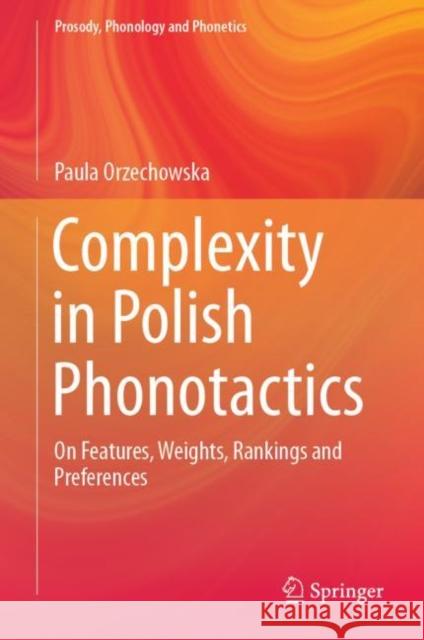Complexity in Polish Phonotactics: On Features, Weights, Rankings and Preferences » książka
topmenu
Complexity in Polish Phonotactics: On Features, Weights, Rankings and Preferences
ISBN-13: 9789811372988 / Angielski / Twarda / 2019 / 325 str.
Kategorie:
Kategorie BISAC:
Wydawca:
Springer
Seria wydawnicza:
Język:
Angielski
ISBN-13:
9789811372988
Rok wydania:
2019
Wydanie:
2019
Ilość stron:
325
Waga:
0.68 kg
Wymiary:
23.39 x 15.6 x 2.06
Oprawa:
Twarda
Wolumenów:
01
Dodatkowe informacje:
Wydanie ilustrowane











